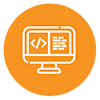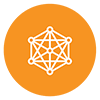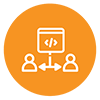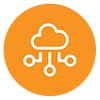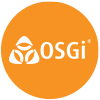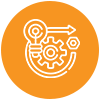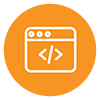Diagrams in Eclipse RCP: back to the future
Do you have diagrams in your Eclipse application? We have.
In DBeaver we show Entity-Relationship Diagrams for database schemas. It was one of the first big DBeaver features. We implemented it about 10 years ago. Our diagrams are based on Legacy GEF library. This year we have decided to upgrade our diagrams and... no, it is not easy.
We will talk about difficulties related to the diagrams visualisation in the modern Eclipse RCP:
